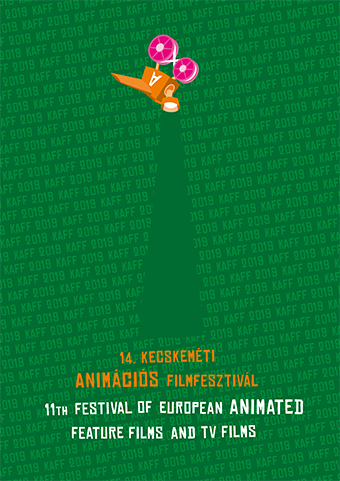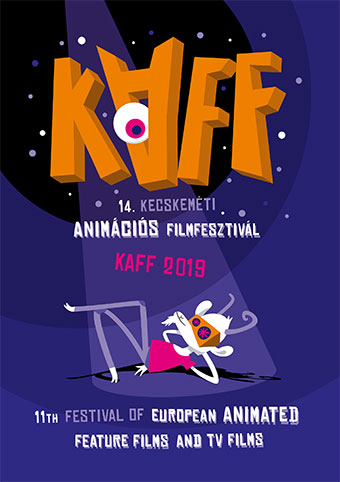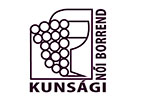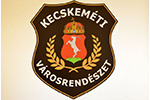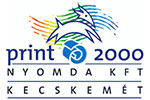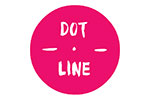Interview with Marcell Jankovics
Marcell Jankovics:
My films are primarily for the fifteen million Hungarians
As a person of good humour and someone who regularly entertains his company with stories, how do you create your traditional, deep and heroic films which characterize your style?
This is a good proof of no to judge someone by the first look. I am not a “be this, or be that” person. I am convinced that making people laugh is as important as making them cry. Or, as Chaplin said: if someone trips over, we laugh, but if they cannot stand up, we are shocked.
I still don’t understand why the humorous Jankovics is not present in your films.
At first I went for the comical side, as my first pieces were the episodes of the satyrical series Gustav. Then I went completely for the opposite direction. Not because I planned it that way – it was just convenient; I could say that my path was taking me there. Of course, I remember when I met a former high school classmate at the age of 24. He asked me if I was still doing those “little stupid things”, which struck me hard. Because who wants to make “little stupid things”, anyway? Nobody, right? This event inspired me to do something serious in 1968, when I made the commercial for the airline Air India and travelled to India for this very reason. It served me as a foundation in style, concept, and symbolism. The film was quite good, because it won a Golden Cedar Award at a Lebanese festival.
Pardon me, but why would Air India commission a greenhorn in the industry?
Back then, I was not a greenhorn. However, they picked György Kovásznai instead, being impressed by his painterly animations, but Kovásznai declined the task. Back then, Pannónia director György Matolcsy asked whether if I could create animated films in the style of Kovásznai, and I said yes.
So the Jankovics style was born from the classmate’s unintentional criticism, and the deal with Air India and Kovásznai, to reach its peak in Johnny Corncob (János vitéz). It was a brave decision to take an unknown path for a feature film, at the age of 30 years. It could have been a flop, right?
Yes, but it turned out otherwise. Despite of frequent criticism, Johnny Corncob became a huge success, and encouraged me to be unique and get involved in feature films. At that time I discovered metamorphoses in animation, which became one of my traits, and led to the decision of targeting the 15 million Hungarians with my films. The films Son of the White Mare (Fehérlófia) and Song of the Miraculous Hind (Ének a csodaszarvasról) are real Hungarian sagas. Subsequently, I started to adapt The Tragedy of Man by Imre Madách, to finish the oeuvre with Arany’s Toldi. Though the latter is aired in the form of 13 TV episodes, I still want to merge these 13 scenes into one feature film.
It would be wiser to wait with that. Rumours say you also participate in the adaptation of the rock musical “István, a király” (Stephen, the King).
I wouldn’t deny that, and I hope I will have enough time for it too. However, I have to acknowledge that I am 78 years old, which limits my horizon.
Let’s get back to Toldi! The film is made with a close collaboration with Kecskemétfilm? Why them?
First of all, Ferenc Mikulás was the first to ask me, and he encouraged me when I hesitated. And I yielded for his words.
What did make you “yield”?
I can make the mirror image of Johnny Corncob. I can work again with a Sun hero, supported by a studio which I have strong ties with for decades. It is history by now, but they made it possible to start the series Hungarian Folktales still popular to this day, whose main theme makes me exceptionally proud. (The theme was inspired by the poem of János Arany: “The lark's aloft from bough to bough, the song is passed from lip to lip.”) I would like to remark that when I immersed in János Arany’s beautiful poem, I knew that the Toldi project would not only be mere work, but also a joyful task.
What do you mean under joyful task?
Arany leaves a lot of room for drawing Toldi’s character, and I seize this opportunity. As for the rest, the film will tell it.
You often mention the legendary Room 103 of Pannonia Studio, where you could work with Attila Dargay and József Nepp, and you emphasize the importance of atelier work. Where else do you see real animation ateliers, outside Kecskemét?
Unfortunately, there are no similar ateliers like this anymore. It is a great achievement from Ferenc Mikulás to supply his team constantly with work. A big achievement, really. I could do this at Pannonia only for a few years.
How young people of today can lack ateliers?
The world has changed a lot. Talents coming out from art universities MOME are struggling alone. They can do it, because they are not able to cooperate in the traditional ways, and they can do it because modern technology allows it. Some of them finish their film and submit it through email, they register for up to 40 festivals. Back in our days, this was impossible due to political, administrative and technical obstacles. This world has much more freedom, but I do not envy the young generation, due to the lack of community experience.
I don’t ask whether Toldi targets adults or children, because I know you don’t like cartoons babytalking to children. From your perspective, who are the possible audience for an animated adaptation of a poem, in a world of flashy action movies?
Primarily, adults and young people who love reading are attracted, especially those who are learning the poem in school. By the way, Son of the White Mare became very popular among fantasy and action movie fans.
What does Toldi want to achieve? Does it want to strengthen national identity by evoking the myth of the strong, invincible Hungarian spirit?
Mainly, the film strives to deliver the magnificient poem of Arany to as many as possible but it would also help in strengthening our national identity. It needs to be reinforced.
If you see your works as mountains, which one is the peak?
It would be Sisyphus. And not just because its nomination for the Academy Awards.
After Johnny Corncob, Sisyphus is really short compared to the others.
Short when it comes to its length, but still tough.
What is the message of that movie?
It was an autobiographic film. After the success of Johnny Corncob and being just a little bit more than 30-years-old, I wanted to tell that I already rolled up a big boulder to the peak; and I won’t give up, I won’t retreat, I would go uphill with newer and newer boulders.
The same with Toldi, but at 78-years-old.
Including that, yes, and the upcoming book on Trianon. I will roll boulders uphill as long as I can.
May this last for a long time! We meet at Kecskemét Animation Film Festival, where you will hold a masterclass about Toldi!
When I go to Kecskemét, I always feel like going home.
(interview with Marcell Jankovics made by Gábor Borókai)



